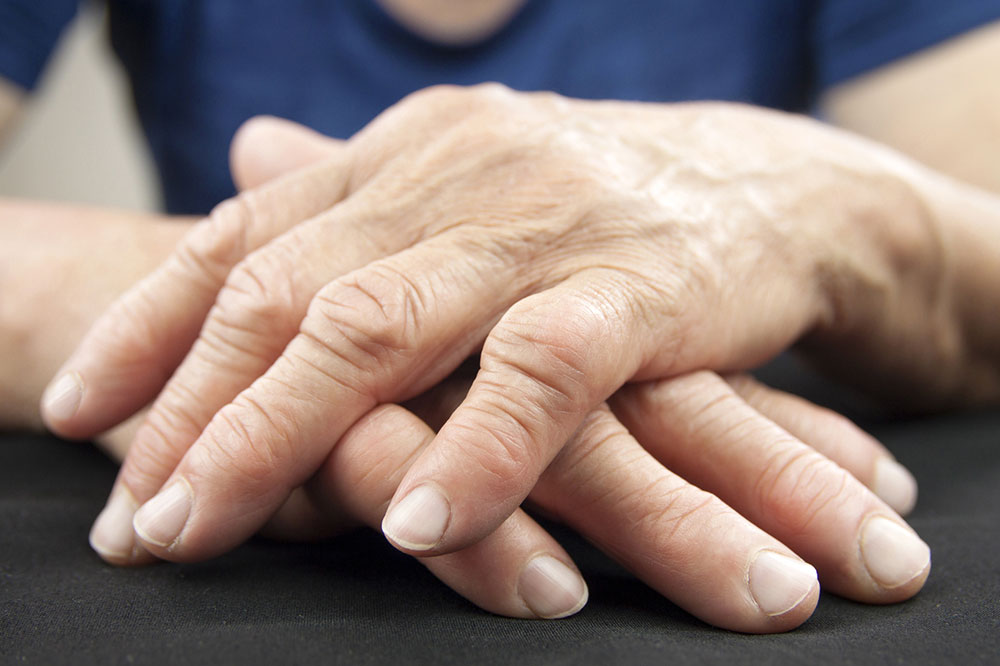Six types of joint conditions you must know
Joint conditions can sprawl from any injury that has a direct impact on the joints. Joint conditions can occur due to underlying disease, deficiency of nutrition, or simply aging. Some of these joint conditions are short-lived and can be treated with simple physiotherapy exercises. Others can be chronic, painful, uncomfortable, and require orthopedic intervention or surgery such as joint replacement.
It is estimated that joint conditions such as arthritis are a leading cause of disability in the country.

Arthritis is usually used as an umbrella term for different types of joint conditions. Some common joint conditions are listed below:
- Rheumatoid Arthritis
RA or Rheumatoid Arthritis is an autoimmune disorder that affects the synovial lining between the joints. In this type of condition, the immune cells or lymphocytes start accumulating in the joints. This leads to inflammation of joints, which eventually leads to damaging the cartilage and bone. Being an autoimmune disorder, this type of joint disease can occur at any age. - Osteoarthritis
This is one of the most prevalent types of arthritis among the elderly in their 60s. Osteoarthritis is the wear and tear of the cartilage that acts as cushions between the joints. The cartilage damage leads to stiffness and can cause immense pain especially during movement. It can affect any joint in your body, but the most commonly affected ones include hands, hips, knees, and spine. As the condition worsens, movement becomes restricted as flexibility decreases, and pain increases. - Juvenile idiopathic arthritis
This chronic joint condition occurs in children and is also known as juvenile rheumatoid arthritis. This autoimmune disease attacks the body’s healthy tissues and since its cause is unknown, it is called “idiopathic.” It affects joints, muscles, ligaments, internal organs, and even the eyes in severe cases, stunting a child’s growth. - Spondylitis
Also known as spondyloarthritis, it is an umbrella term covering other rheumatoid diseases. For instance, axial spondylitis involves spinal inflammation, which can lead to spinal fusion and is called ankylosing spondylitis. Psoriatic spondylitis, a type of Psoriatic arthritis, affects the joints of the pelvis and the spine. - Gout
This is yet another prevalent joint condition. Gout affects the joint connecting the big toe with the rest of the foot. Gout is the result of excess uric acid, a waste product from the blood, which accumulates in the joints in the form of crystals. The flare-ups from this type of joint disease can be extremely painful. - Bursitis
This joint condition causes inflammation of the small sacs filled with a fluid called bursae. The fluid cushions the joints and the surrounding muscles and tendons. For patients suffering from Bursitis, overuse or sudden injury to the shoulder, elbow, and hip can flare-up the condition.
With joint conditions, it is important to consult an orthopedic as soon as symptoms occur. In most cases, prescribed physiotherapy and medication provide relief from pain and facilitates speedy recuperation.
Disclaimer:
The content of the articles discussing symptoms, treatments, health conditions, and side effects is solely intended for informational purposes. It is imperative that readers do not interpret the information provided on the website as professional advice. Readers are requested to use their discretion and refrain from treating the suggestions or opinions provided by the writers and editors as medical advice. It is important to seek the help of licensed and expert healthcare professionals when necessary.




